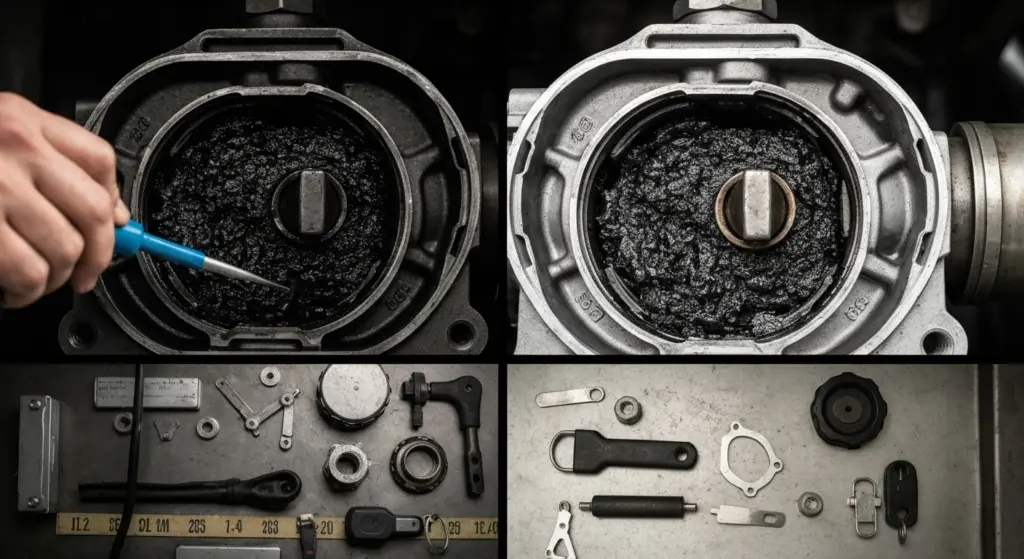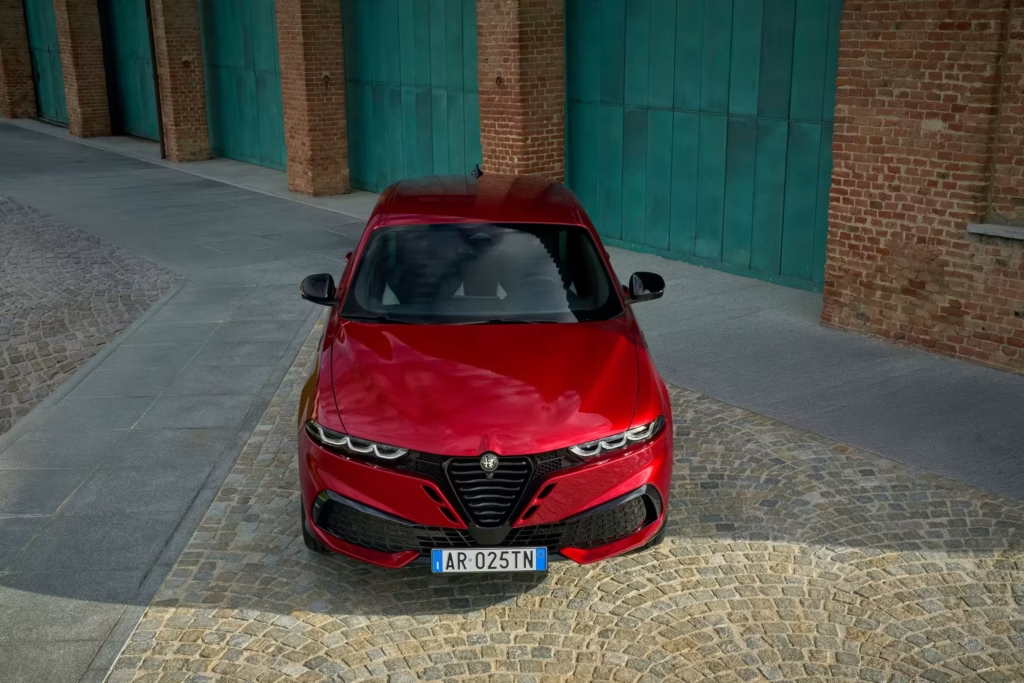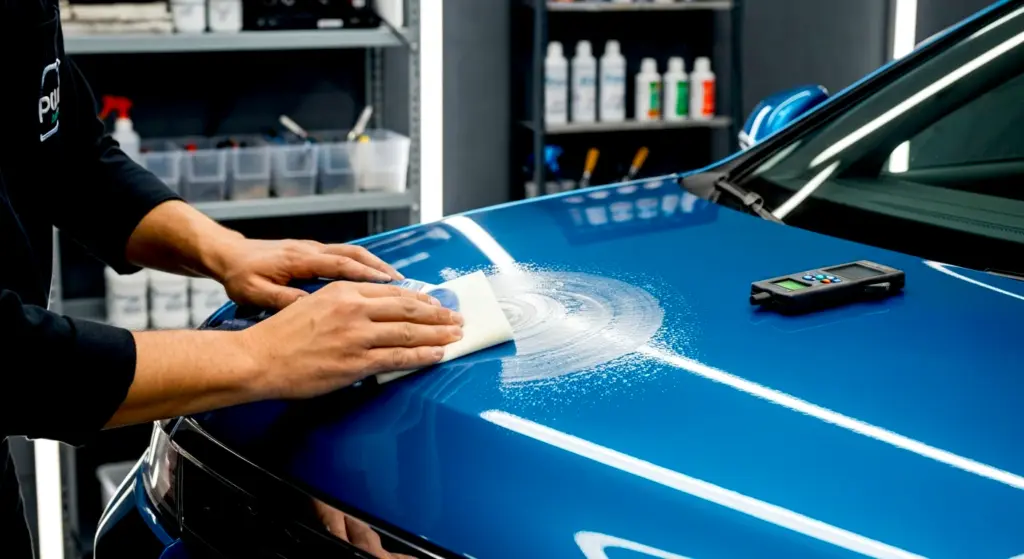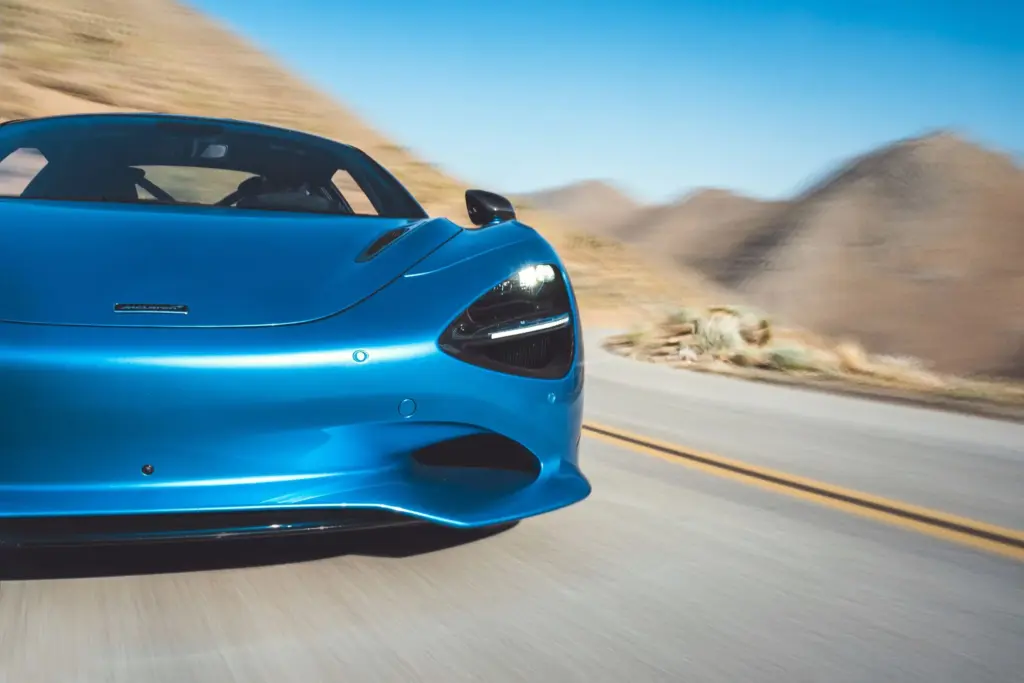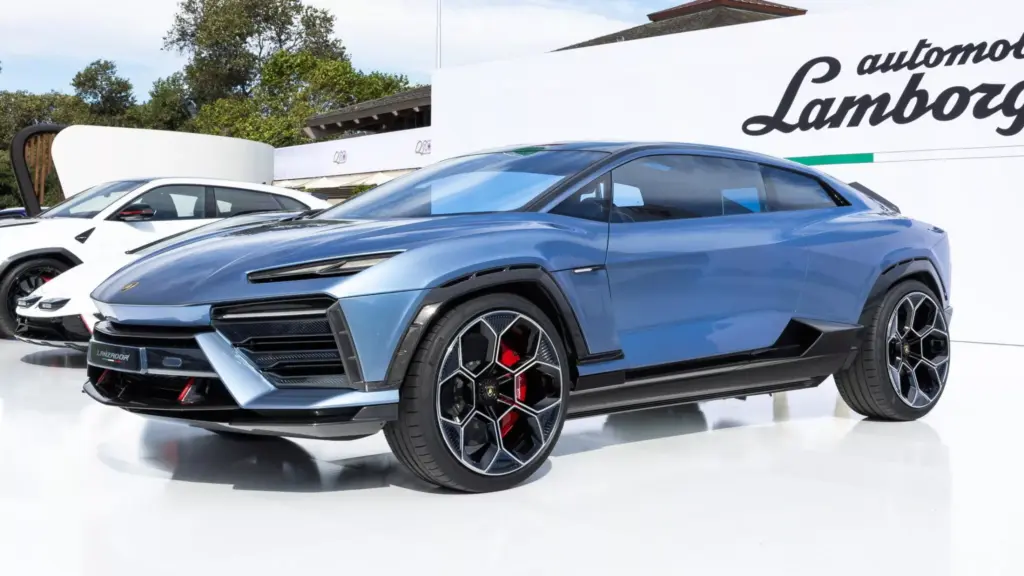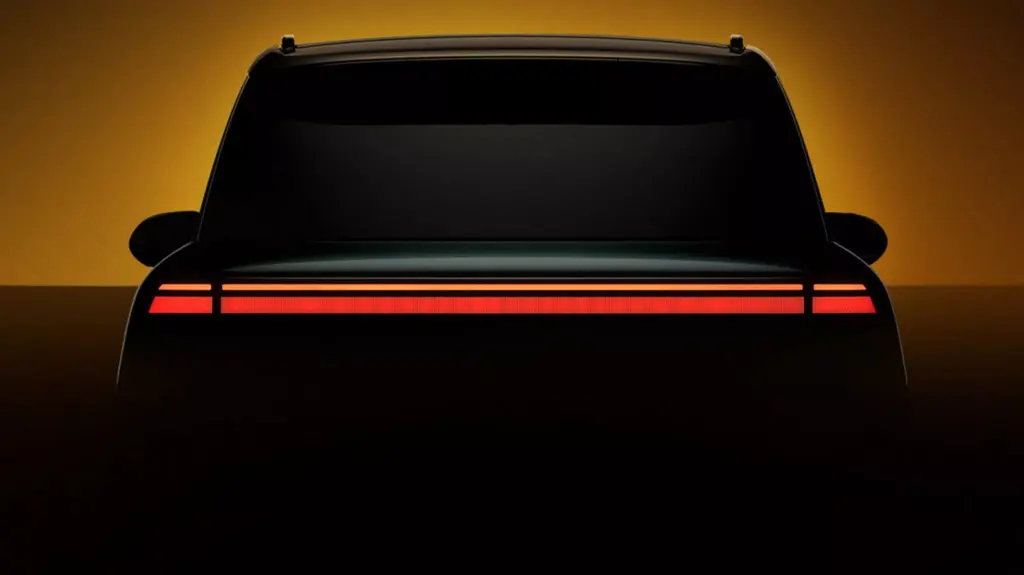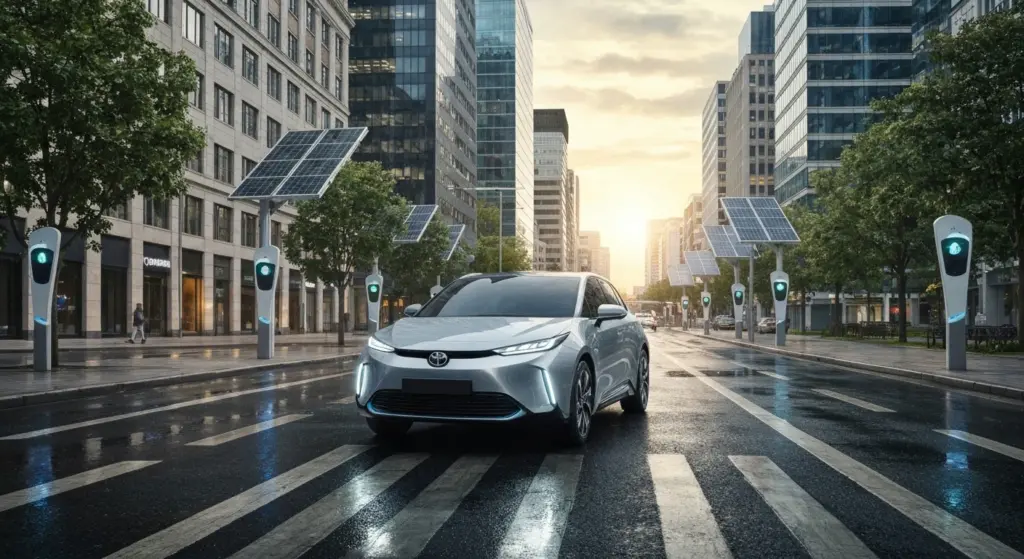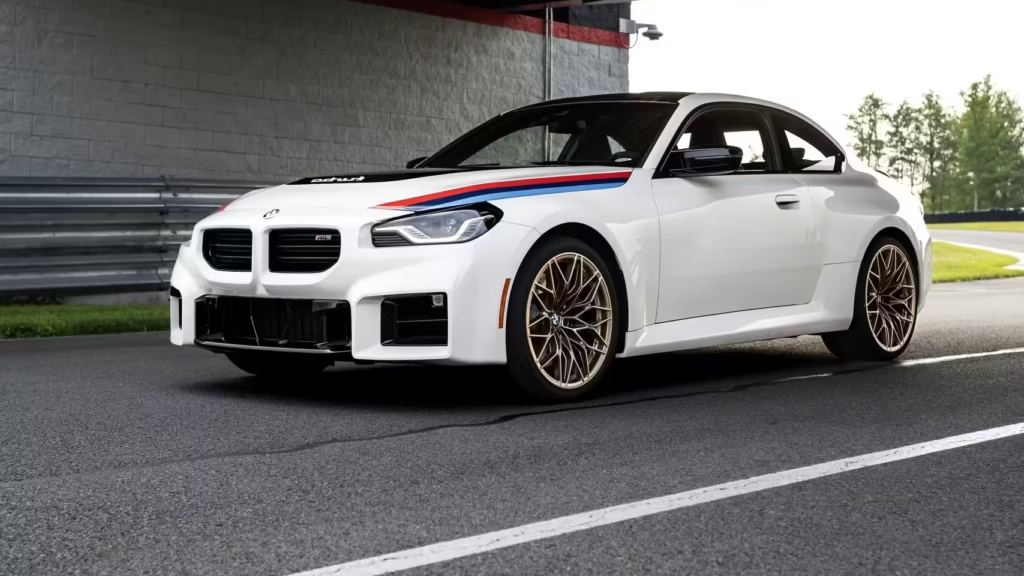A significant change is shaking up the Japanese automotive market, coming from one of the most iconic models in the world: the Toyota Corolla. Starting in May 2025, Toyota has decided to discontinue all exclusively gasoline-powered versions of the Corolla in its home country, making the lineup exclusively hybrid.
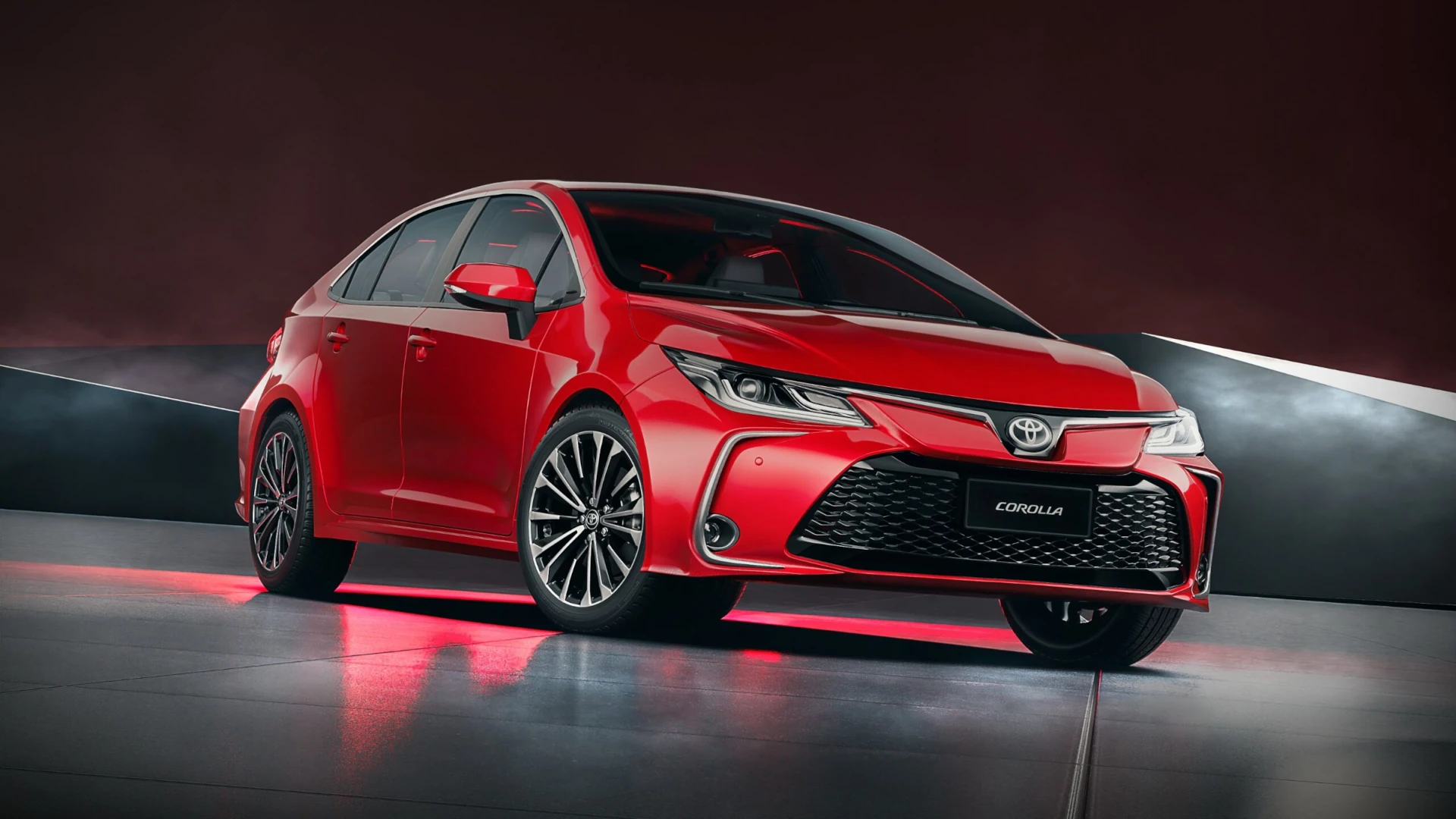
This decision reflects the growing pressure in the global automotive industry toward electrification and, more specifically, Toyota’s own strategy to achieve carbon neutrality. It is a bold step that redefines the offering of a popular and affordable car.
The End of the Pure Gasoline Era in Japan
For many Corolla fans in Japan, the news may sound like the end of an era. The solely combustion engine versions, pillars of reliability and simplicity for decades, are giving way to a 100% electrified lineup, although focused on hybrid technology.
Toyota is doubling down on electric motors in its domestic market, a strategy that aligns with broader environmental goals. According to the company, this move is part of its “broader push toward carbon neutrality.”
The New Reality: Exclusively Hybrid Powertrains
With the change, Corolla buyers in Japan will have only one powertrain option: the 1.8-liter hybrid system. This gasoline engine delivers 97 hp (72 kW / 98 PS), working together with electric motors.
In front-wheel-drive (2WD) models, a 94 hp electric motor (70 kW / 95 PS) complements the power. In the all-wheel-drive (E-Four) versions, a second rear electric motor of 40 hp (30 kW / 41 PS) is added, providing greater traction and performance.
While other manufacturers explore long-range hybrids, as seen in the 2026 XC70, Toyota sticks to its traditional self-charging hybrid approach for the Corolla in its main market, focusing on urban efficiency and reducing emissions in daily use.
More Features, Higher Prices
The transition to an exclusively hybrid lineup did not come alone. Toyota used the update to add more standard features on some trim levels, aiming to add value to the new offerings.
Among the new standard additions on most trims, except the entry-level, are front and rear dash cameras with built-in recording functionality, as well as a digital key feature. Driver assistance features such as Blind Spot Monitor, Safe Exit Assist, and Parking Support Brake have also been included, raising the standard for safety and convenience.
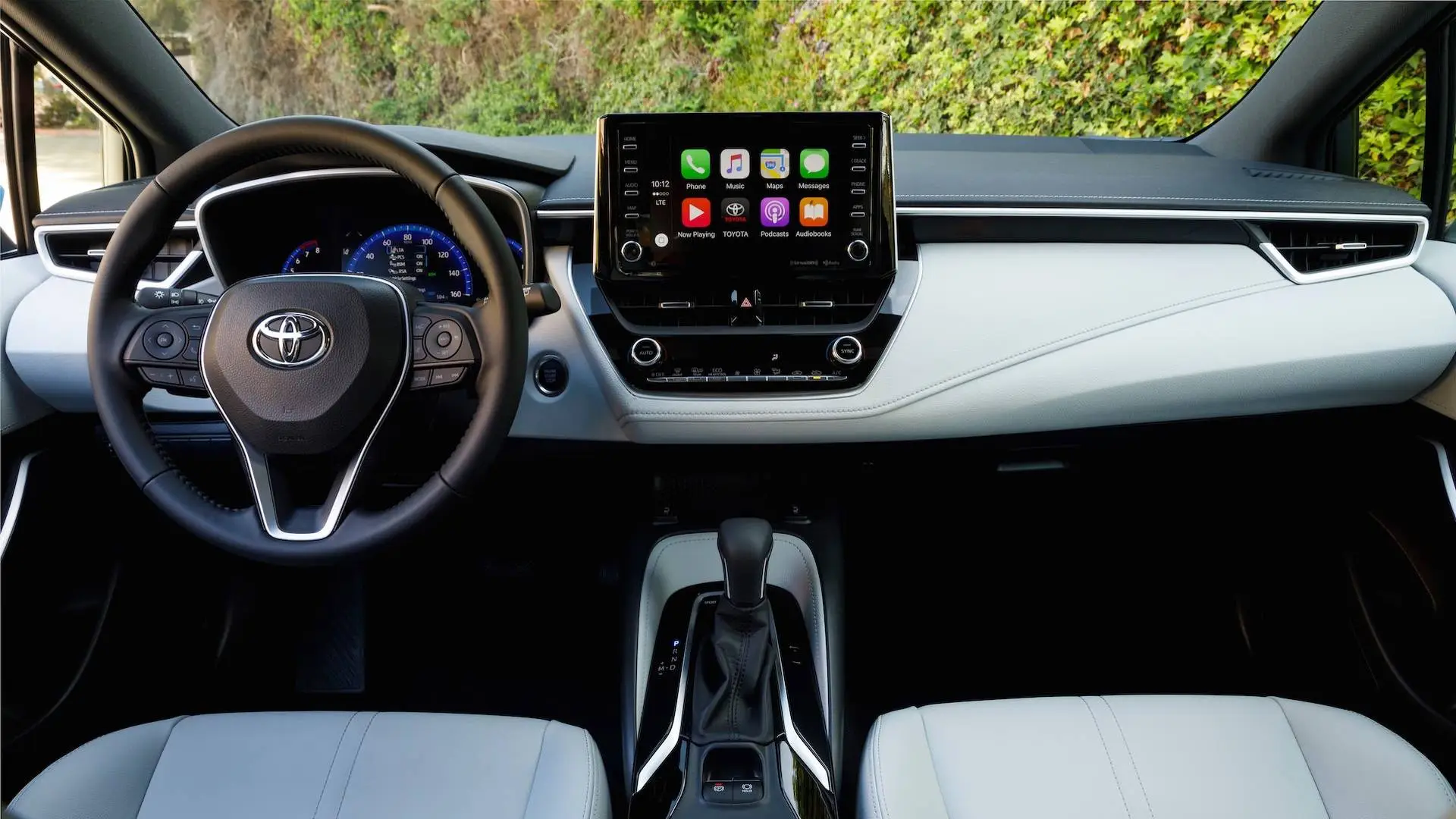
As expected, the increase in standard content resulted in higher prices. The entry-level model, the cheapest Corolla Hybrid X, now starts at ¥2,279,200 (approximately US$15,700), representing a ¥139,400 increase (about US$960) compared to its gasoline predecessor. Price increases vary depending on trim, ranging from ¥11,200 to ¥226,600 (US$80 to US$1,600).
Trim Details: What Changes in Each Version?
Despite the overall increase in features, differences between trim levels remain notable. The G trim, for example, gains LED fog lights and a new set of 16-inch aluminum wheels, giving it a more sophisticated look.
The base X trim retains 15-inch steel wheels with hubcaps, omits the central infotainment screen, preserves a basic analog instrument cluster, and does not receive the updated headlight design seen in higher trims. However, a positive update common to all models is LED lighting at both ends, improving visibility and styling.
For those seeking a hybrid with a more modern and tech-forward touch, perhaps the 2026 Toyota Camry Nightshade, with its style focus, or even the 2026 Corolla Cross Hybrid, offer slightly different propositions within the brand itself.
The Launch Timeline and the Future
The different updated Corolla variants will have staggered launch dates. The Corolla Sport hatchback began selling on May 9. The sedan and Touring versions will follow on May 19.
Looking ahead, Toyota is already signaling the arrival of a new generation of the Corolla, expected to debut in 2026. This next iteration promises another round of efficiency improvements, a renewed hybrid setup, updated styling, and even more advanced technology. It will be interesting to see how it positions itself against models like the 2026 Audi A6 Hybrid or advances in pure EVs such as the 2025 Hyundai Ioniq 5.
Toyota, with its reputation as a pioneer in hybrids, seems to be solidifying this position, especially in markets where charging infrastructure for pure EVs is still developing or where demand for combined range is high. Source: Carscoops
Frequently Asked Questions About the New Corolla in Japan
- Why did Toyota discontinue gasoline models in Japan?
The decision is part of Toyota’s global strategy to accelerate the transition to lower emission vehicles and achieve carbon neutrality. - What is the only powertrain option for the Corolla in Japan now?
Starting in May 2025, the Corolla lineup in Japan will be exclusively equipped with the 1.8-liter hybrid system. - What changed in the standard equipment of the 2025 Corolla in Japan?
Mid and upper-range models gained items such as integrated dash cameras, digital key, and driver assistance packages like Blind Spot Monitor and Safe Exit Assist. - Did prices increase with these changes?
Yes, the increase in equipment resulted in slight price hikes across the lineup, varying depending on trim level. - When is the next generation Corolla expected?
A new generation of the Toyota Corolla is expected to debut globally in 2026.
This drastic change in the Corolla lineup in Japan seems to me a strategic move by Toyota to force the adoption of hybrid technology in its most loyal market, aligning with environmental goals without relying entirely on charging infrastructure for pure EVs. It is a clear sign of where the brand sees the near future, even if it means limiting powertrain options on such a popular model. The increase in features tries to soften the impact of higher prices, but the absence of gasoline options will certainly change the local sales landscape.
What do you think of Toyota’s decision to make the Corolla exclusively hybrid in Japan? Leave your comment below!
Author: Fabio Isidoro
Founder and editor-in-chief of Canal Carro, he dedicates himself to exploring the automotive universe with depth and passion. A car and technology enthusiast, he produces technical content and in-depth analyses of national and international vehicles, combining quality information with a critical eye for the public.

